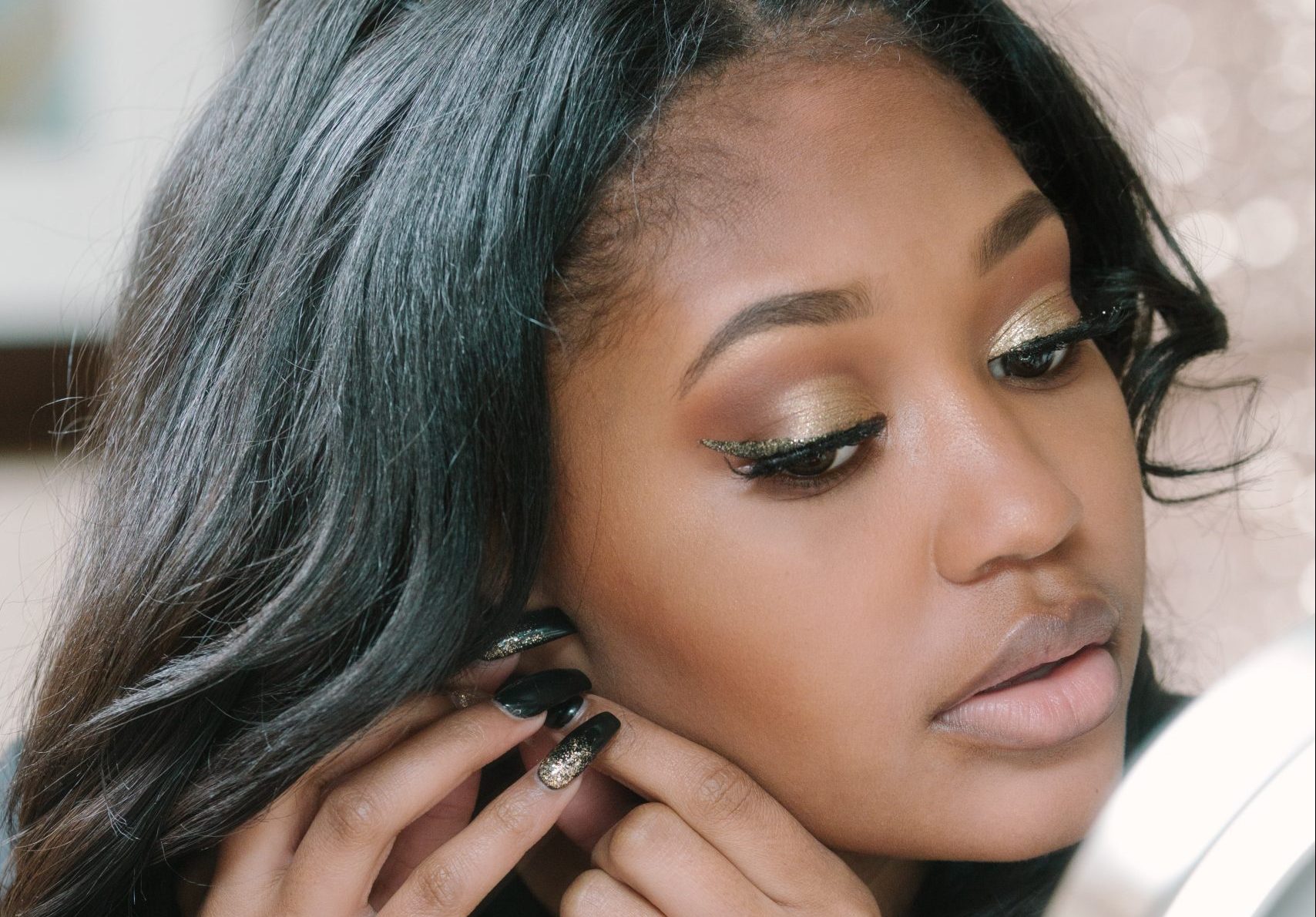
Lauren Dempsey, MS in Biomedicine and Law, RN, FISM News
[elfsight_social_share_buttons id=”1″]
On Monday the National Institutes of Health (NIH) published the results of a new study that found a link between chemical hair-straightening products and uterine cancer. According to the CDC, uterine cancer is the fourth most common type of cancer among women and is one of the leading causes of cancer deaths in women.
The study, called the Sister Study, was conducted by the National Institute of Environmental Health Sciences (NIEHS), part of NIH, and followed 33,947 women aged 35 to 74 years old for about 11 years. Throughout the study, 378 women developed cancer.
“We estimated that 1.64% of women who never used hair straighteners would go on to develop uterine cancer by the age of 70, but for frequent users, that risk goes up to 4.05%,” lead researcher of the study, Alexandra White, explained in a press release.
Uterine cancer accounts for about 3% of all new cancer cases and experts estimate there will be 65,950 new cases in 2022. Other studies show that incidence rates of uterine cancer have been rising in the United States and reveal racial disparities.
Researchers found that women who used chemical straightening products more than four times in the previous year had a two-and-a-half times higher chance of developing uterine cancer. Researchers found that the correlation between straightener use and uterine cancer did not differ by race, but black women may be more at risk due to more frequent use of the products.
“Because black women use hair straightening or relaxer products more frequently and tend to initiate use at earlier ages than other races and ethnicities, these findings may be even more relevant for them,” Che-Jung Chang of NIEHS said.
There were no reported associations with cancer and other products such as hair dye, bleach, highlights, or perms. However, the study findings were consistent with showing that chemical straighteners increase the risk of hormone-related cancers in women. Researchers believe that this is because certain chemicals used to straighten hair are endocrine-disrupting chemicals.
According to the NIEHS, people can be exposed to these chemicals through food and drinks, pesticides, and cosmetics and even low doses can be dangerous.
“The body’s normal endocrine functioning involves very small changes in hormone levels, yet we know even these small changes can cause significant developmental and biological effects.” Fragrances, parabens, and phthalates alter the endocrine system’s ability to regulate hormones.
Other studies have also shown a correlation between endocrine disruptors in the environment and lower sperm levels in men and attention deficit hyperactivity disorder in teenagers.
The researchers did not collect information on specific brands or ingredients that were in the hair products that the women used. However, the study authors note that several chemicals that have been found in straighteners could be a contributing risk factor to uterine cancer.
The concern is that chemical exposure from hair product use such as straighteners could be more dangerous than other personal care products because there is increased absorption through the scalp which could also be exacerbated by burns or lesions caused by straighteners.
“This is the first epidemiologic study that examined the relationship between straightener use and uterine cancer,” White said. “More research is needed to confirm these findings in different populations, to determine if hair products contribute to health disparities in uterine cancer, and to identify the specific chemicals that may be increasing the risk of cancers in women.”
